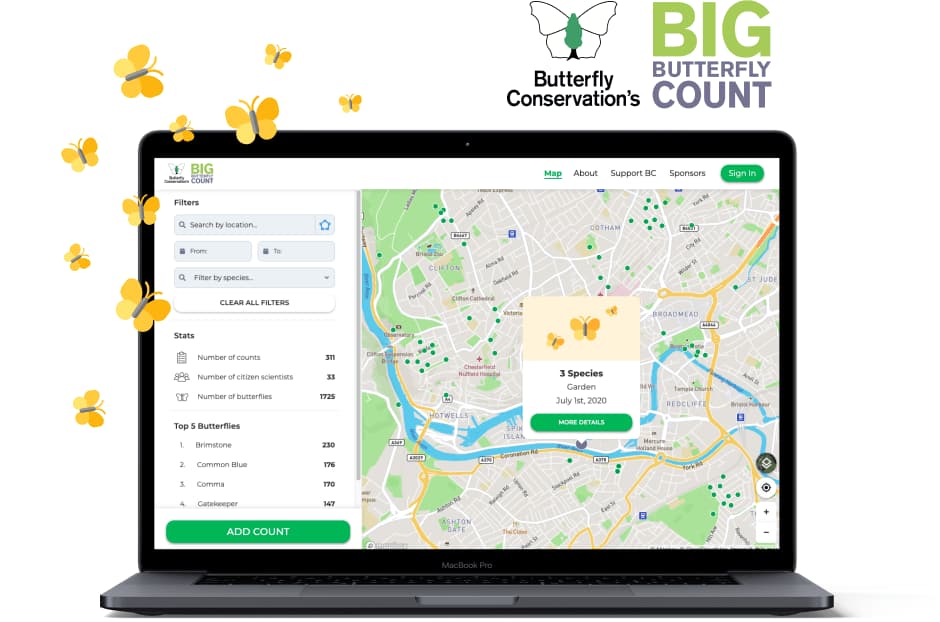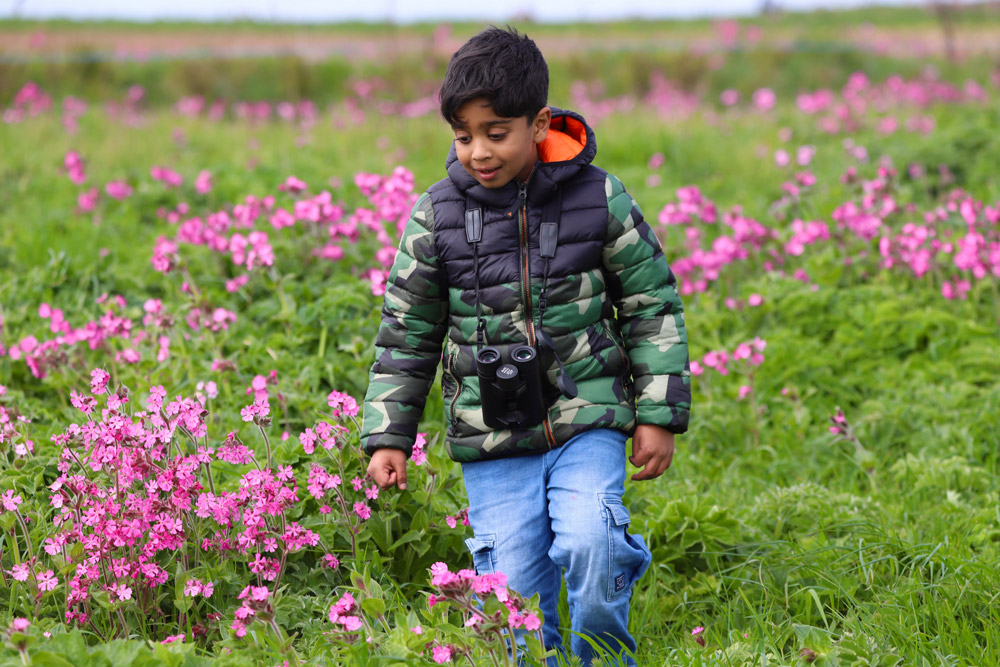The dates: Saturday 27 September – Sunday 2 November 2025
We’re excited to share news of York Environment Festival 2025, featuring over 60 free events that we think will be of great interest to MWN members. For full details you can check out their website!
You’ll find engaging talks and film screenings covering various environmental topics, alongside hands-on workshops where you can develop practical skills in gardening and foraging. For those who love exploring, there are guided walks showcasing York’s local environment, plus nature-inspired poetry and music events.
The festival celebrates the outstanding work of environmental groups, campaigners, businesses, universities, schools, and arts organizations throughout the York area.
This year’s theme is ‘hope through action‘, inspired by writer and activist Rebecca Solnit’s words: “hope calls for action; action is impossible without hope.” In these challenging times, the festival explores what it means to cultivate hope through practical action – from repair cafes and community workshops to local meet-ups where like-minded people can connect.
We those who might be interested in making the journey to York to explore the full programme. It’s a fantastic opportunity to see how other communities are tackling environmental challenges and to gain inspiration for our own local efforts.
Please note: This festival is organized by YEFest in York and is not affiliated with MWN, but we’re happy to share this inspiring example of community environmental action.





